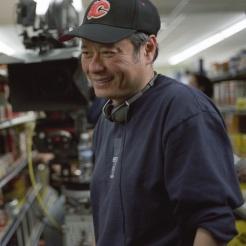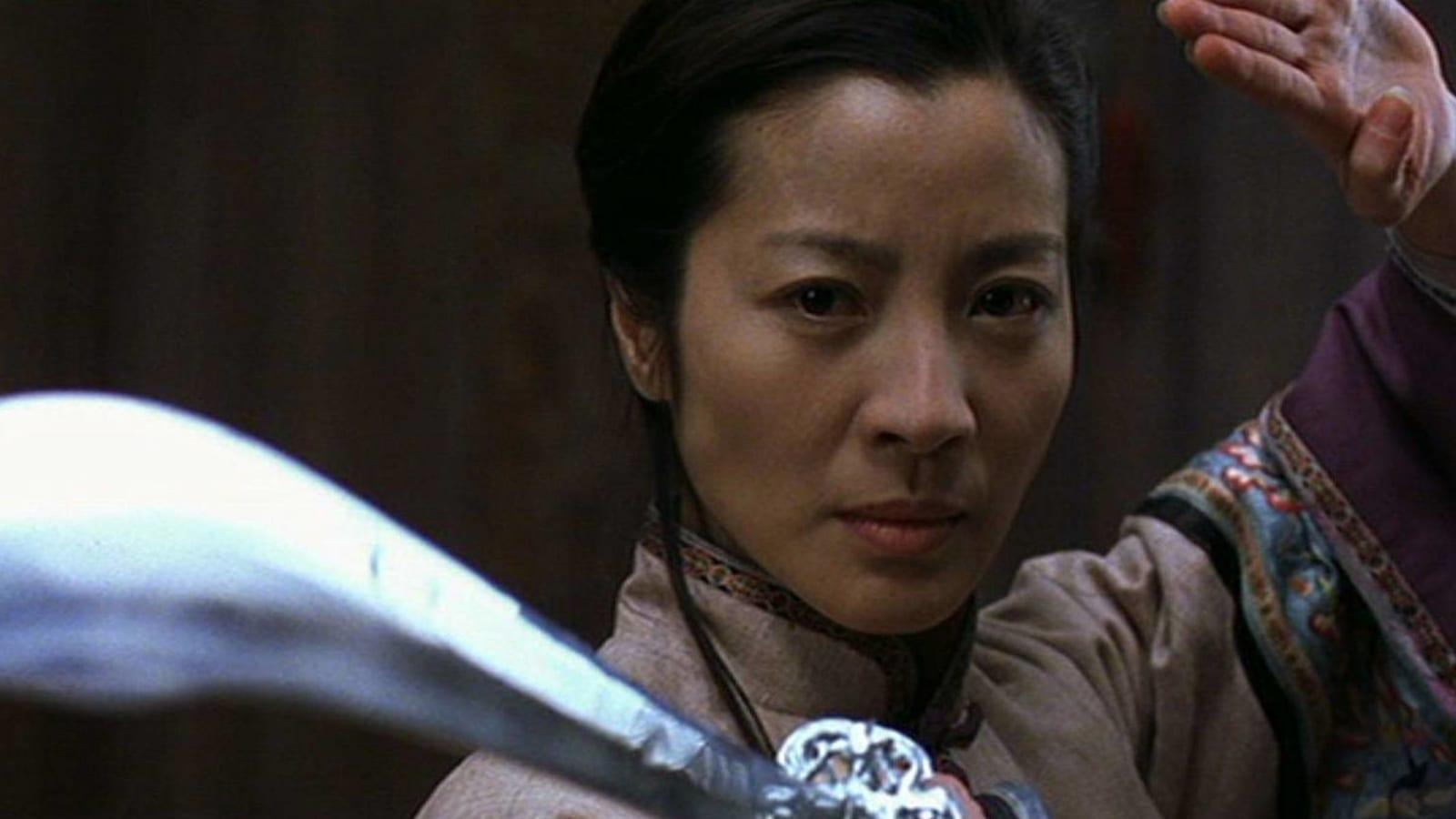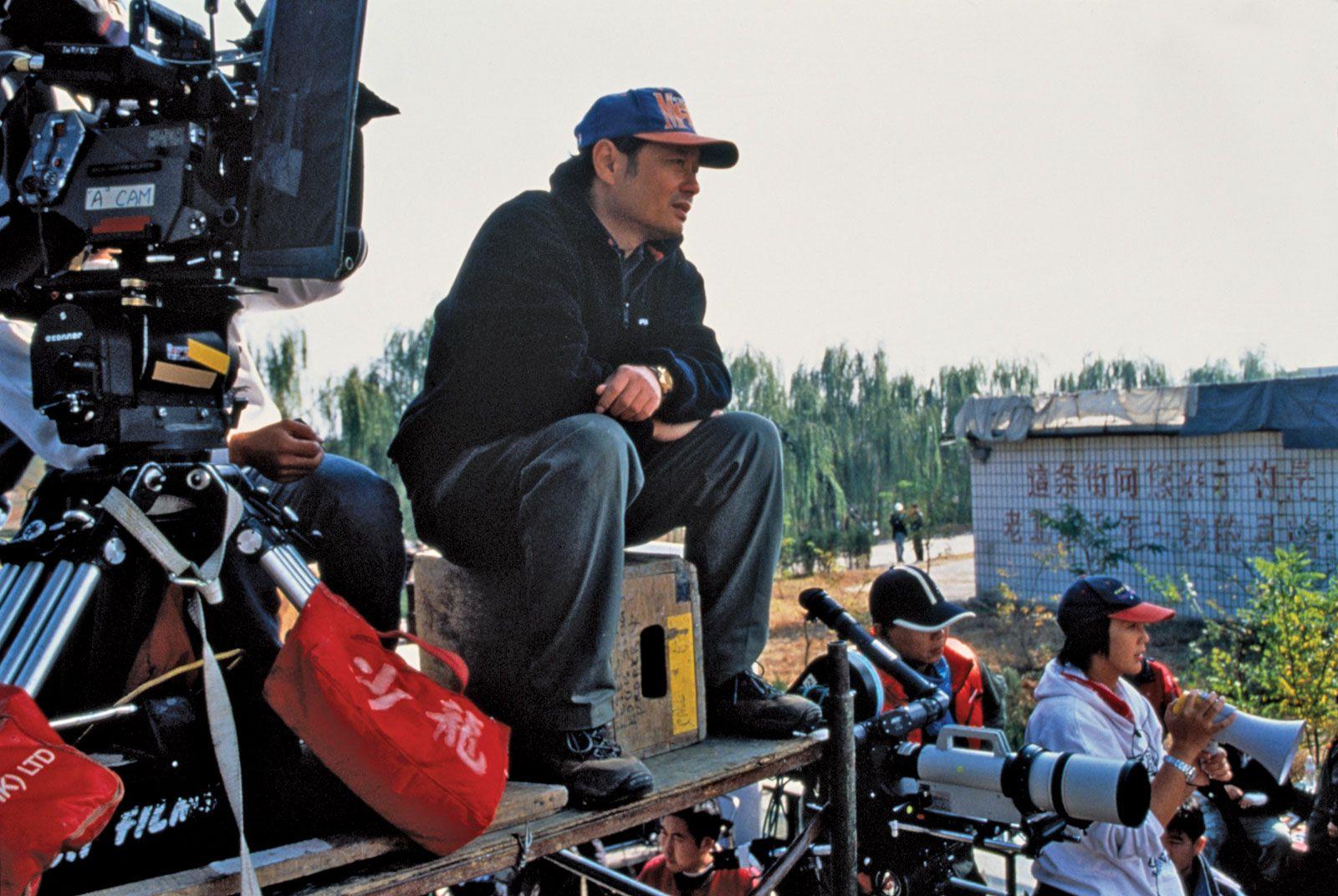Ang Lee stands as a luminary in the realm of contemporary cinema, celebrated for his distinctive approach to storytelling that transcends cultural and genre boundaries. With a career spanning over three decades, Lee has continually redefined cinematic narratives, employing a visionary lens that merges technological innovation with profound emotional depth. His films, which range from intimate dramas to epic tales, are characterized by a meticulous attention to detail and a profound exploration of the human condition. This analytical exploration delves into the unique storytelling techniques of Ang Lee, examining how his diverse body of work not only challenges conventional filmmaking norms but also invites audiences into immersive worlds where complex characters and universal themes resonate on a deeply personal level. Through an examination of his most seminal works, this article seeks to unravel the intricate tapestry of Lee’s directorial vision, highlighting the elements that make his storytelling both groundbreaking and timeless.
Exploring the Multifaceted Narrative Techniques of Ang Lee
Ang Lee’s approach to filmmaking is distinguished by his innovative use of narrative techniques that enhance the storytelling experience, transforming each of his films into a multifaceted exploration of human emotion and cultural identity. He often employs non-linear storytelling, allowing viewers to piece together a narrative puzzle that reflects the complexity of real life. For instance, in “Crouching Tiger, Hidden Dragon,” Lee weaves together multiple character arcs, each with its own emotional depth, ultimately creating a rich tapestry that is both visually and narratively compelling.
- Symbolic Imagery: Lee’s films frequently utilize powerful imagery to convey themes and emotions, such as the contrast between the serene natural landscapes and the internal turmoil of his characters.
- Intercultural Perspectives: By bridging Eastern and Western storytelling traditions, Lee crafts narratives that resonate with a global audience, seen in works like “Life of Pi” where he blends myth with reality.
- Dynamic Character Development: His characters often undergo significant transformations, reflecting the fluid nature of identity and personal growth.
Lee’s ability to blend these narrative techniques creates a unique cinematic language that challenges viewers to engage with the story on multiple levels. His films are not just visual spectacles but are thoughtfully constructed narratives that invite reflection and discussion.

Analyzing the Cultural and Emotional Depth in Lees Films
Ang Lee’s films are renowned for their profound exploration of cultural and emotional landscapes, creating a unique tapestry that resonates with audiences worldwide. Lee masterfully weaves together intricate narratives that delve into the complexities of identity, tradition, and personal growth. His works often transcend cultural barriers, offering a universal language of emotion that speaks to the human condition. Whether it’s the exploration of familial duty in “The Wedding Banquet” or the intricate dance of forbidden love in “Brokeback Mountain,” Lee crafts stories that are both deeply personal and universally relatable.
One of the hallmarks of Lee’s storytelling is his ability to highlight the tension between modernity and tradition, a theme that is particularly prevalent in films like “Crouching Tiger, Hidden Dragon.” Here, Lee juxtaposes the serene beauty of ancient martial arts with the tumultuous struggles of his characters’ inner worlds. His attention to detail and nuanced character development invite viewers to ponder the delicate balance between cultural heritage and individual desires. Lee’s films often feature:
- Rich, multi-layered characters
- Complex interpersonal relationships
- A deep understanding of cultural nuances
Through his visionary storytelling, Ang Lee not only entertains but also encourages a deeper reflection on the emotional and cultural threads that bind us all.

The Role of Technological Innovation in Lees Cinematic Vision
Ang Lee’s cinematic repertoire is a testament to his pioneering use of technological innovation, which has become a cornerstone of his storytelling. By seamlessly integrating cutting-edge technology into his films, Lee has managed to push the boundaries of visual storytelling, crafting immersive experiences that resonate with audiences worldwide. His bold approach to technology is not just about spectacle; it’s about enhancing narrative depth and emotional resonance. Lee’s embrace of digital filmmaking can be seen in his groundbreaking use of high frame rates in “Billy Lynn’s Long Halftime Walk,” where he experimented with 120 frames per second to create a hyper-realistic viewing experience. This technique invited viewers to engage with the film on a deeper, more intimate level, offering a new dimension of realism that traditional methods could not achieve.
- 3D Innovation: Lee’s “Life of Pi” is celebrated for its innovative use of 3D technology, which transformed the film into a visual masterpiece, bringing the story’s magical realism to life.
- Digital Mastery: His venture into digital landscapes allows for a more flexible and creative storytelling canvas, as seen in the visually rich “Gemini Man,” where digital de-aging technology was used to explore themes of identity and time.
- High Frame Rates: Pioneering high frame rate technology, Lee challenges traditional film norms, offering a new sensory experience that aims to bridge the gap between the audience and the on-screen narrative.
Through these technological innovations, Ang Lee continues to redefine the possibilities of cinema, demonstrating that technology, when wielded with purpose and vision, can significantly enrich the storytelling experience.

Lessons in Storytelling: What Aspiring Directors Can Learn from Ang Lee
Ang Lee, a master of cinematic storytelling, offers a wealth of insights for aspiring directors looking to craft compelling narratives. His work is renowned for its emotional depth and visual splendor, achieved through a unique blend of technological innovation and cultural sensitivity. One of the key lessons directors can glean from Lee’s approach is his fearless experimentation with genres and technologies. From the ground-breaking use of CGI in “Life of Pi” to the intimate, character-driven drama of “Brokeback Mountain,” Lee demonstrates the importance of versatility and the courage to push boundaries. Embracing new tools and techniques can elevate storytelling, providing fresh perspectives and engaging audiences in unprecedented ways.
Another critical aspect of Lee’s storytelling is his ability to convey universal themes through culturally specific narratives. His films often explore the complexities of identity, belonging, and human connection, resonating with audiences worldwide. Aspiring directors can learn from Lee’s meticulous attention to detail and his commitment to authenticity, which are evident in his rich character development and immersive world-building. To emulate this, directors should focus on:
- Thorough research: Understand the cultural context and nuances of the story being told.
- Character authenticity: Develop multi-dimensional characters with genuine motivations and arcs.
- Visual storytelling: Use visual elements to enhance the narrative, creating an emotional and thematic resonance.
By adopting these strategies, aspiring directors can craft stories that are not only visually stunning but also emotionally profound, much like the works of Ang Lee.
